Description
Hydrangeas are popular flowering shrubs known for their stunning and abundant blooms. They belong to the genus Hydrangea and are native to various regions, including Asia and the Americas. Here are some key points about hydrangeas:
Appearance: Hydrangeas are known for their large, showy flower clusters that come in a variety of colors, including white, pink, blue, purple, and even green. The size and shape of the clusters, as well as the overall appearance of the flowers, can vary depending on the specific hydrangea variety. The foliage is usually lush and green, and some hydrangeas have attractive autumn foliage.
Types of Hydrangeas: There are several popular types of hydrangeas, including:
Bigleaf Hydrangeas (Hydrangea macrophylla): These hydrangeas have large, rounded flower clusters and are known for their ability to change flower color based on soil pH. Acidic soil produces blue flowers, neutral soil produces purple or lavender flowers, and alkaline soil produces pink flowers.
Panicle Hydrangeas (Hydrangea paniculata): These hydrangeas have elongated, cone-shaped flower clusters that start off white and gradually turn pink or even dark pink as they age. They are generally more tolerant of different soil types and growing conditions.
Smooth Hydrangeas (Hydrangea arborescens): These hydrangeas have large, rounded flower clusters and are known for their fluffy, white blooms. They are generally hardy and can tolerate a wide range of growing conditions.
Oakleaf Hydrangeas (Hydrangea quercifolia): These hydrangeas have distinctive, oak-shaped leaves and cone-shaped flower clusters. The flowers start off white and gradually turn pink or brown as they age. They also have attractive foliage that turns reddish-purple in the fall.
Cultivation: Hydrangeas are typically grown as ornamental plants in gardens and landscapes. They prefer well-drained soil that is rich in organic matter. The specific cultivation requirements may vary depending on the hydrangea type. Some hydrangeas thrive in full sun, while others prefer partial shade. Proper watering, pruning, and fertilizing are important for maintaining healthy and vibrant hydrangeas.
Care and Maintenance: Hydrangeas generally require regular watering to keep the soil evenly moist, especially during hot and dry periods. Mulching around the base of the plants can help retain moisture and suppress weeds. Pruning hydrangeas is usually done in late winter or early spring, and it depends on the specific type of hydrangea and its blooming habits. Fertilizing with a balanced slow-release fertilizer can promote healthy growth and abundant blooms.
Uses: Hydrangeas are popular as cut flowers for floral arrangements and bouquets due to their large and long-lasting blooms. They are also widely used in garden landscapes, borders, and containers. Hydrangeas can add a splash of color and beauty to outdoor spaces, and some varieties are suitable for indoor cultivation as well.
Remember, if you have any specific questions about hydrangeas or need more information, feel free to ask!
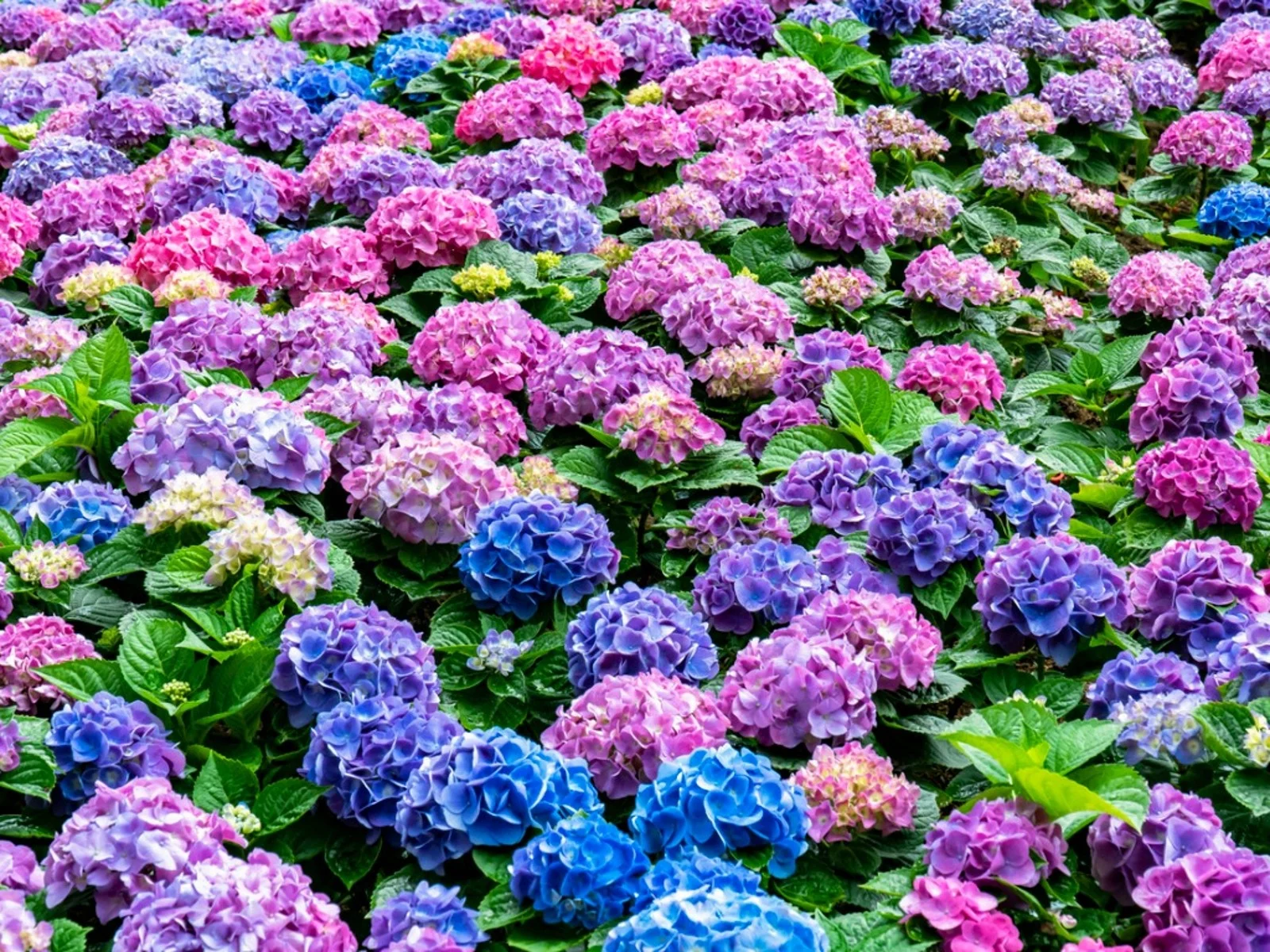
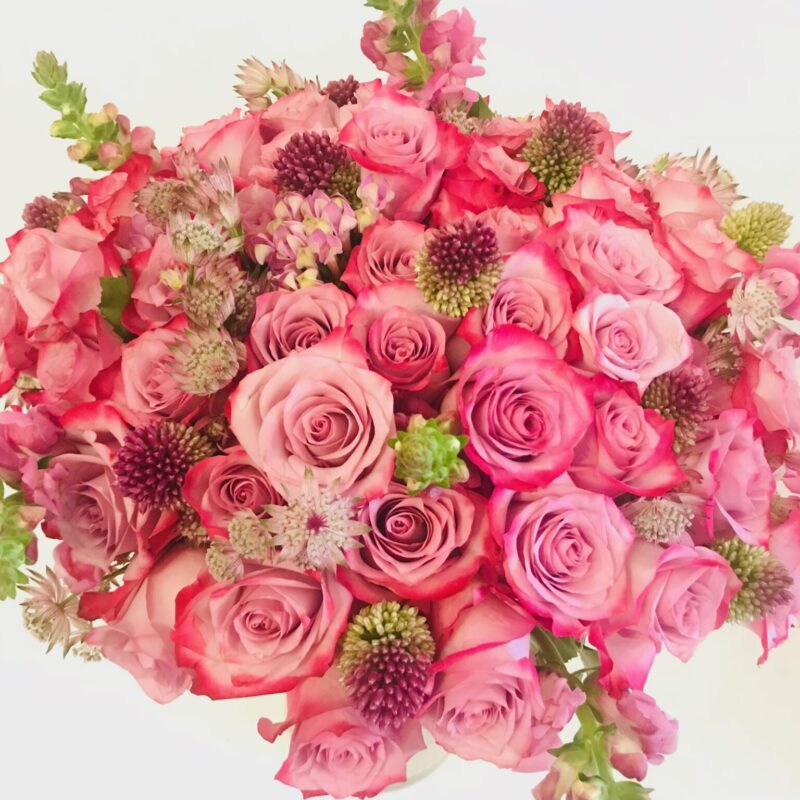
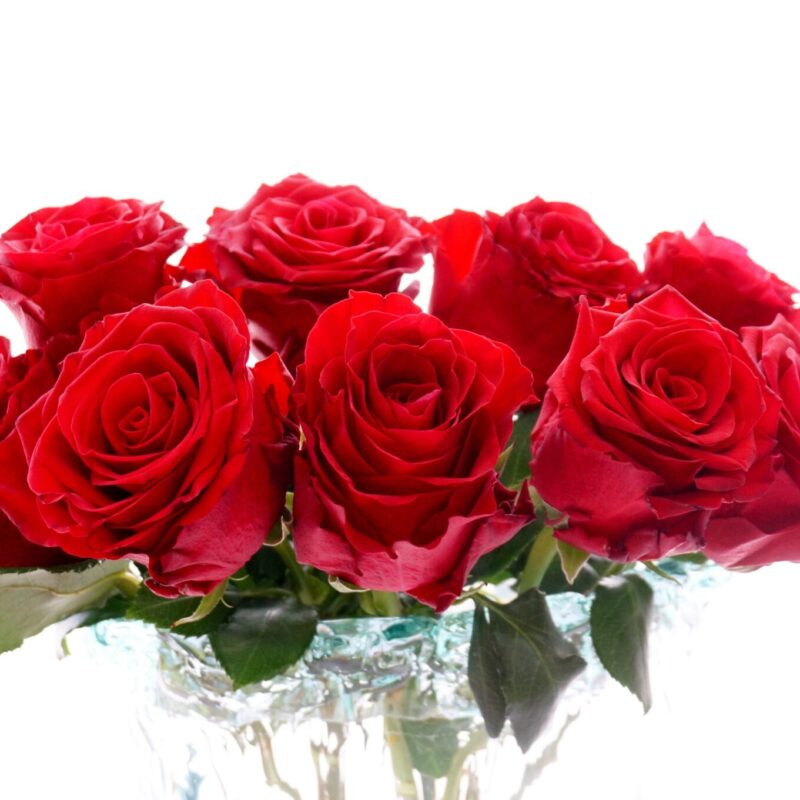
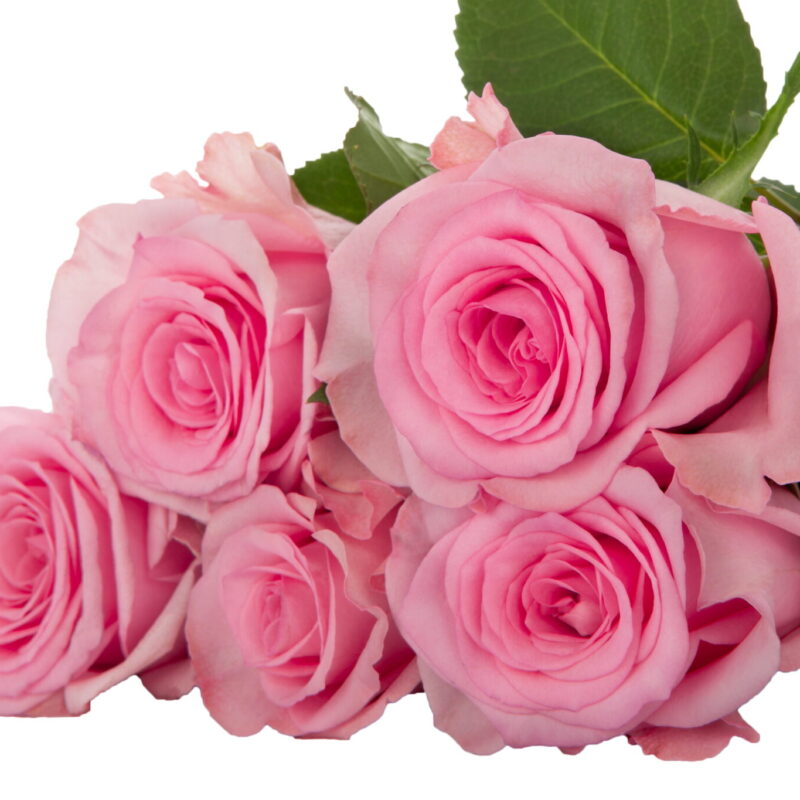
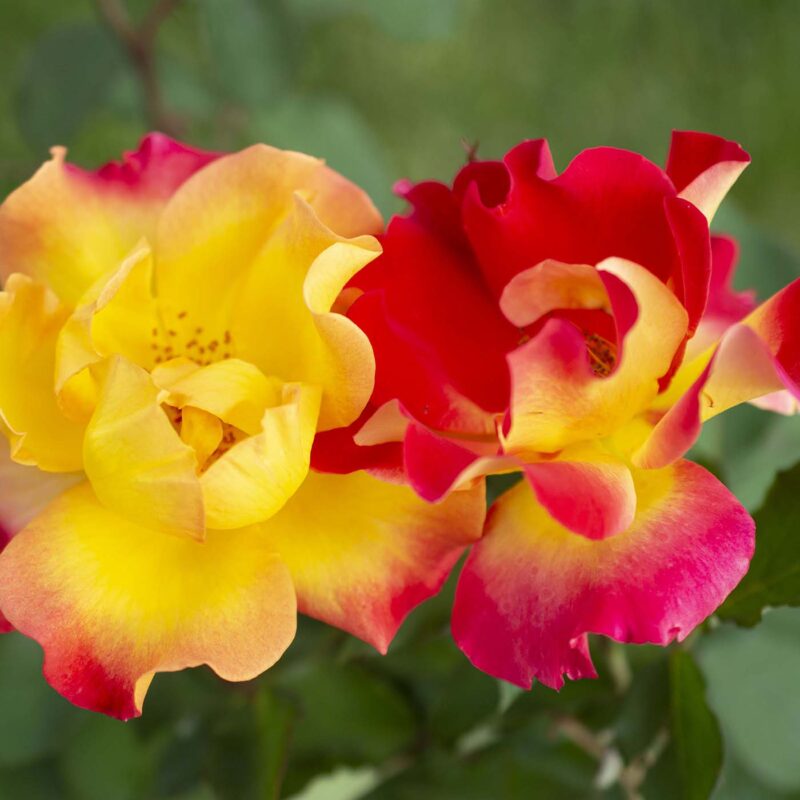
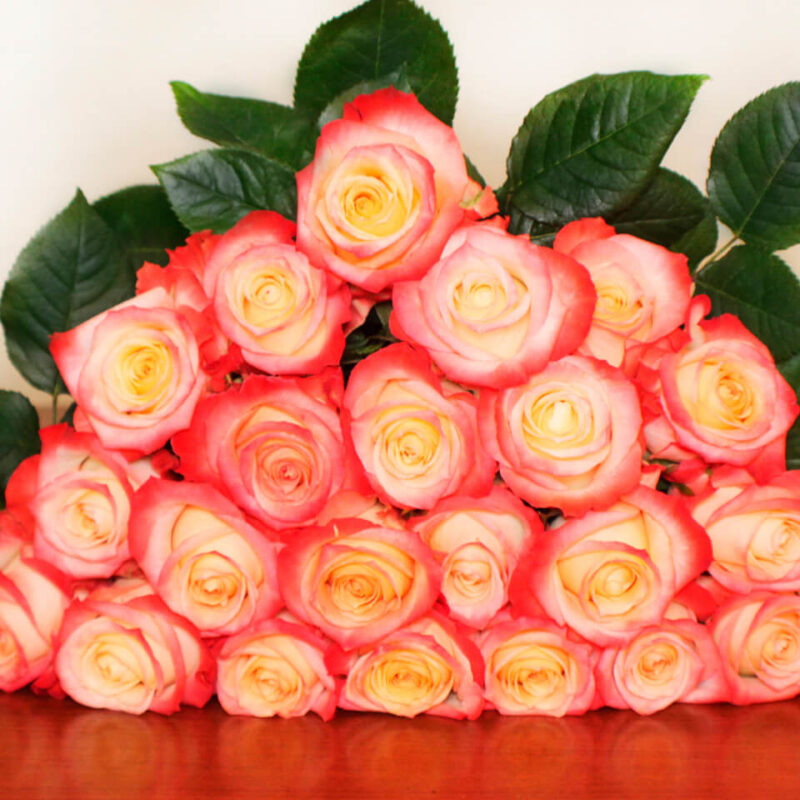
Reviews
There are no reviews yet.